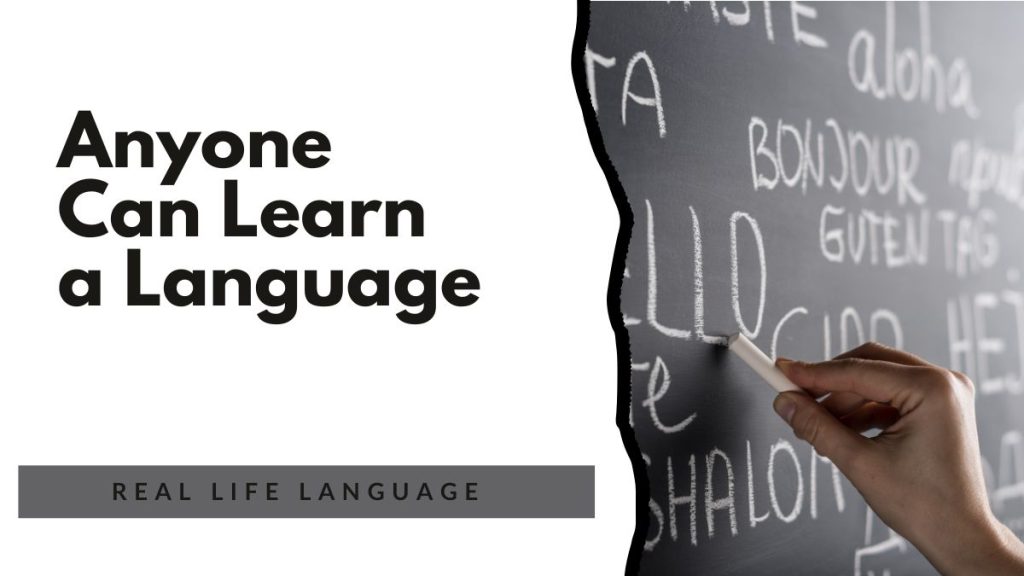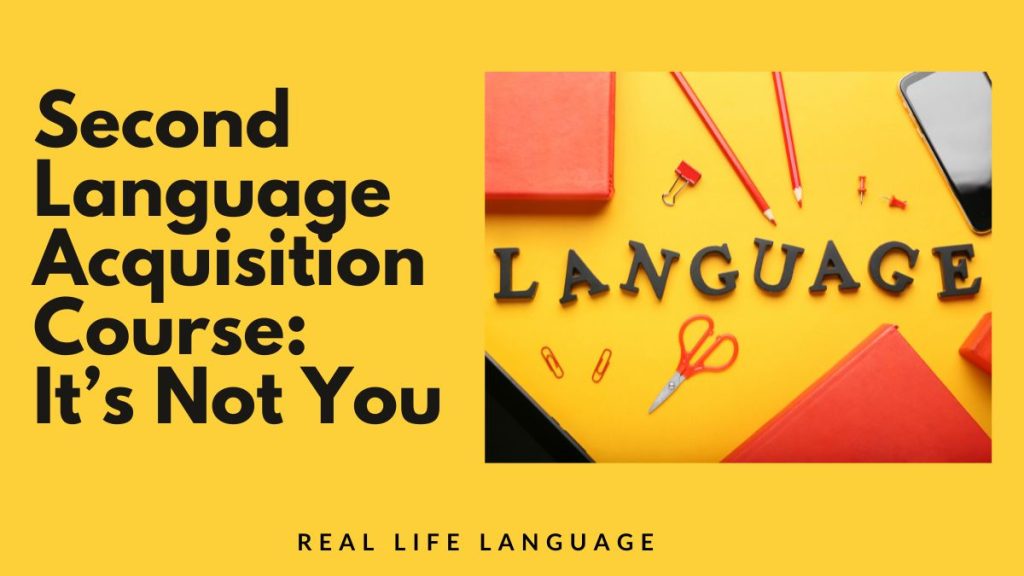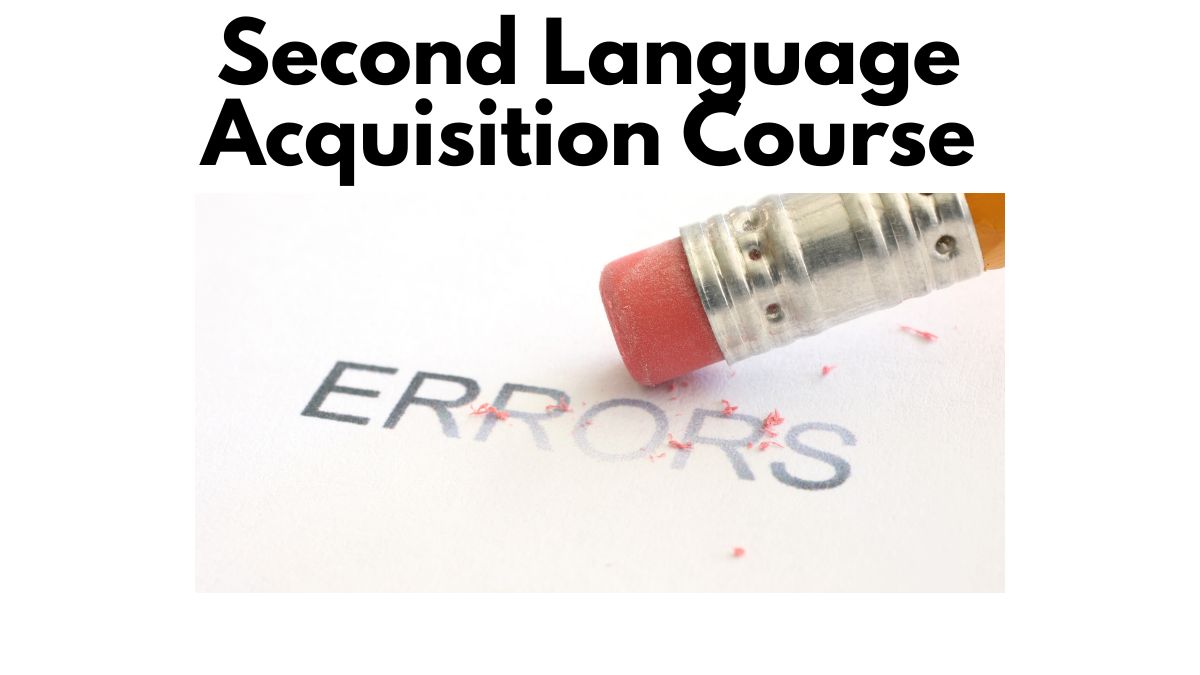
This post expands on the core message of a short lesson about errors in language learning from a recent video. If you’re in or teaching a second language learning acquisition course, this errors module will help you shift your mindset, embrace mistakes, and turn errors into one of your most powerful learning tools.
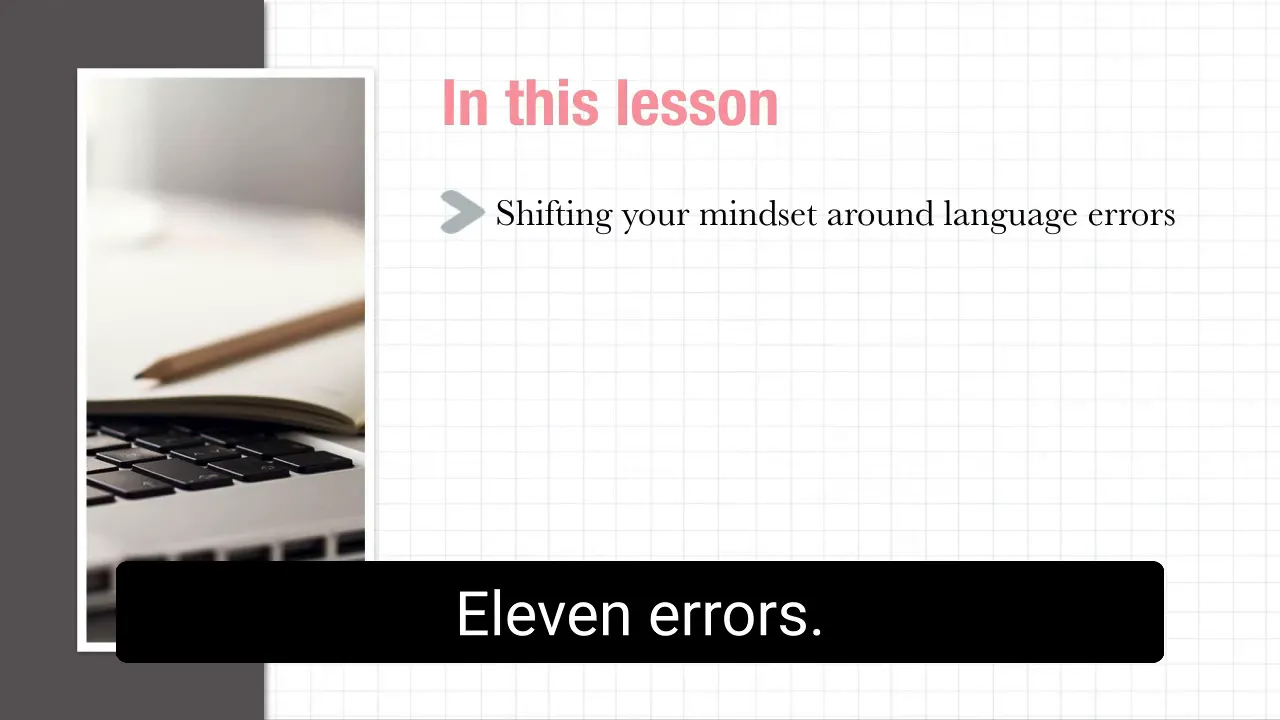
Why errors matter
Too many learners treat mistakes like failures. The truth is the opposite: mistakes are signposts. They tell you what to focus on next. Rather than trying to avoid errors at all costs, learn to recognise them as invaluable feedback on your path to fluency.
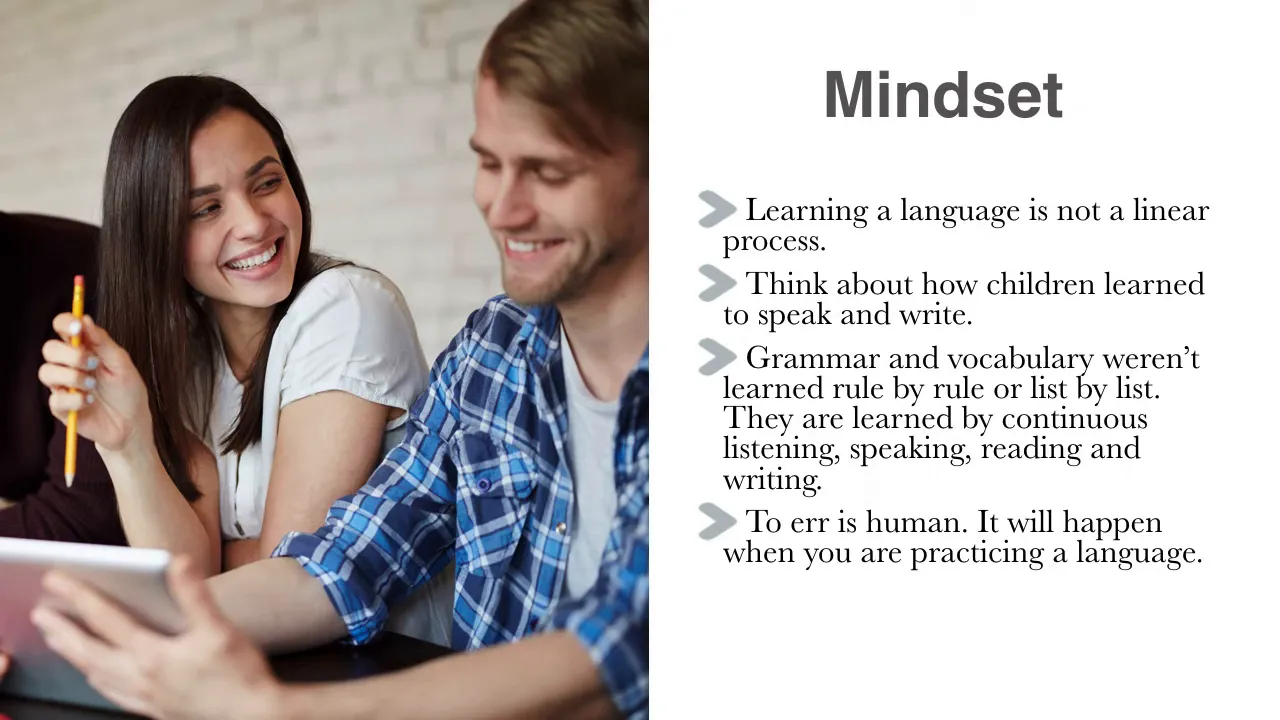
Learning isn’t linear
Language learning is rarely a straight line. Think of how children acquire speech and writing: they try, fail, adjust, and try again. We don’t scold children for getting grammar wrong; we encourage them. Give yourself the same compassion. Progress happens through repeated exposure—listening, speaking, reading and writing—more than through memorising grammar rules.
“Embrace and fall in love with your errors.”
Practical mindset shifts
Here are the concrete shifts that will make errors productive instead of paralysing:
- Give yourself permission to make mistakes. Without errors you won’t test your limits.
- Focus heavily on input (listening and reading) so you naturally absorb grammar and vocabulary in context.
- Use errors as diagnostic tools: each mistake points to a specific gap to work on.
- Fail forward—make attempts that push you slightly beyond your comfort zone so errors are informative.
- Keep engaged with language in enjoyable ways: movies, conversations, games and writing practice.
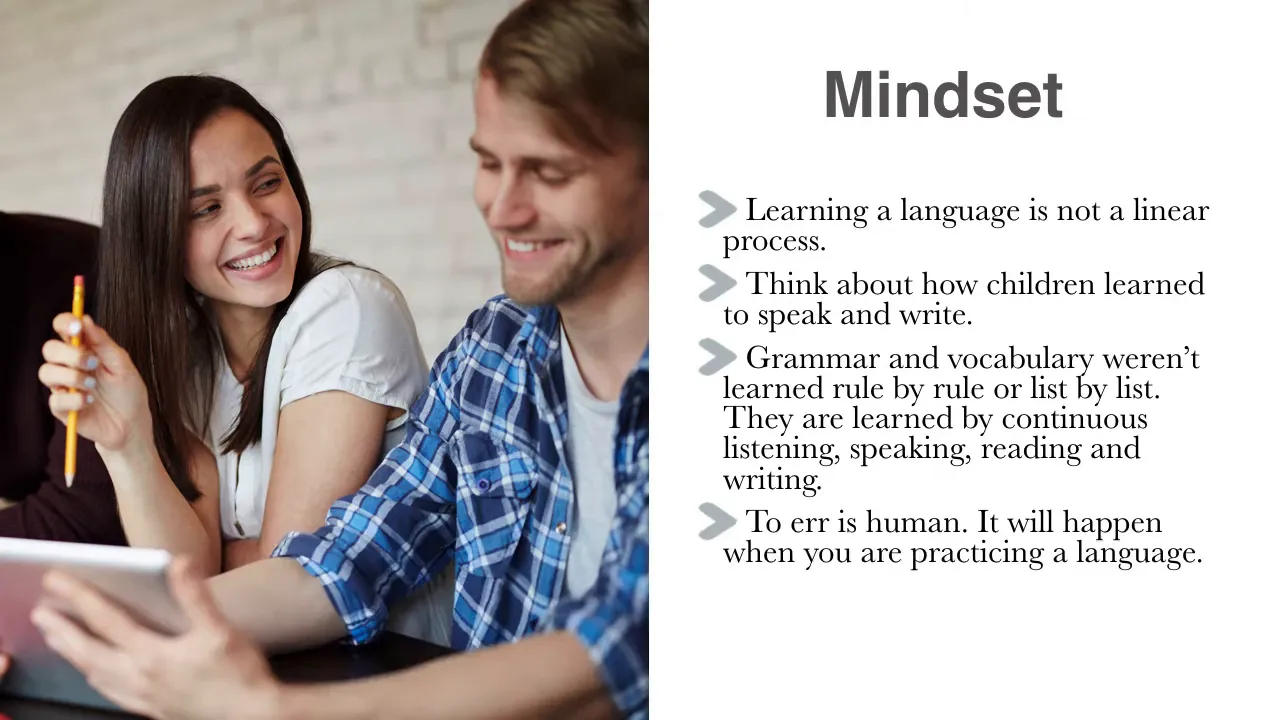
How to work through mistakes
Making mistakes is only half the process. The other half is working through them. When you notice a recurring error:
- Record or note the example.
- Look for patterns—what contexts trigger the error?
- Seek out clear input that models the correct form.
- Practice the corrected pattern in speaking and writing until it becomes natural.
Remember: if you avoid errors, you risk getting stuck and becoming stagnant. The path to fluency is paved with repeated, corrected attempts.
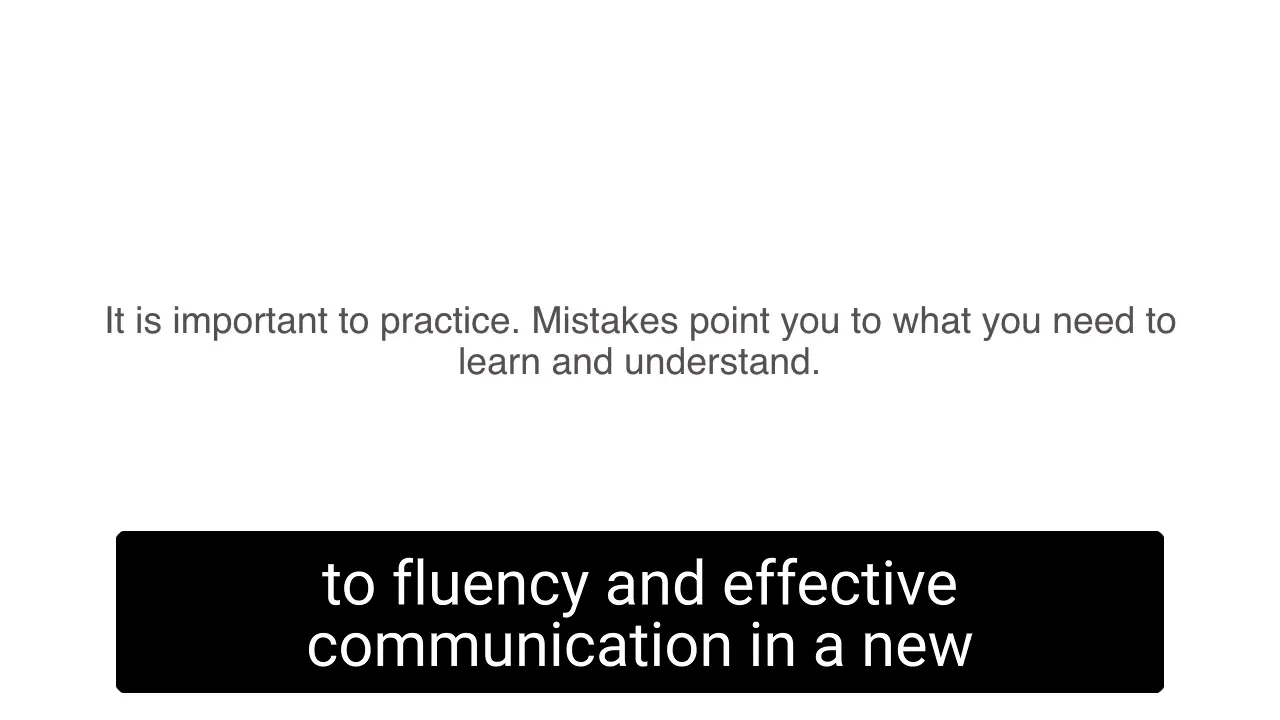
Next steps and encouragement
If you’re working through a Second Language Learning Acquisition Course: Errors section, use the exercises that increase input and create low-pressure opportunities to speak. Treat each mistake as a step forward. As the lesson puts it, “it’s all about failing forward.”
Final thought
Allow yourself to make lots of mistakes. They are not setbacks but essential data points that, when acted on, bring you to fluency and effective communication in your new language.
5 Weeks of No and Low Prep Fun
Need quick, engaging activities for your class? This free guide includes 25 no-prep and low-prep ideas to save time while keeping students excited about learning.
Download your free copy now.
